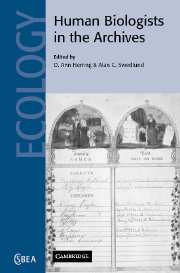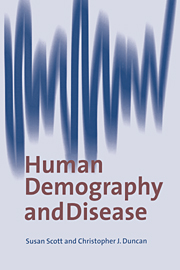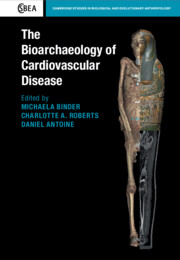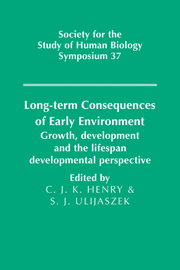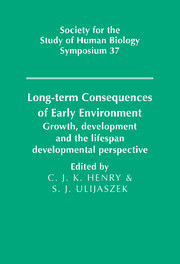Human Biologists in the Archives
Many physical anthropologists study populations using data that come primarily from the historical record. For this volume's authors, the classic anthropological 'field' is not the glamour of an exotic locale, but the sometimes tedium of the dusty back rooms of libraries, archives and museum collections. This book tells of the way in which archival data inform anthropological questions about human biology and health. The authors present a diverse array of human biological evidence from a variety of sources including the archaeological record, medical collections, church records, contemporary health and growth data and genetic information from the descendants of historical populations. The papers demonstrate how the analysis of historical documents expands the horizons of research in human biology, extends the longitudinal analysis of microevolutionary and social processes into the present and enhances our understanding of the human condition.
- Shows how archival records, collections and data are a rich seam for human biologists and anthropologists
- Covers many different types of archive, from church records to museum collections, historic to present day
- Contributors and archives come from round the globe
Reviews & endorsements
"The collection is of high standard overall and each of the contributions contains something of interest..." American Journal of Human Biology
Product details
January 2003Hardback
9780521801041
360 pages
236 × 158 × 23 mm
0.7kg
84 b/w illus. 38 tables
Available
Table of Contents
- Foreword S. Silverman and M. A. Little
- 1. Human biology in the archives A. Swedlund and D. A. Herring
- 2. The use of archives in the study of microevolution: changing demography and epidemiology of Esxazú, Costa Rica L. Madrigal
- 3. Anthropometric data and population history J. H. Relethford
- 4. For everything there is a season: Chumash Indian births, marriages and deaths at the Alta California missions P. L. Walker and J. R. Johnson
- 5. Children of the poor: infant mortality in the Erie County Almshouse during the mid-nineteenth century R. L. Higgins
- 6. Worked to the bone: the biomechanical consequences of 'labour therapy' at a nineteenth century asylum S. Phillips
- 7. Monitored growth: anthropometrics and health history records at a private New England middle school, 1935–60 L. Leidy Sievert
- 8. Scarlet Fever epidemics of the nineteenth century
- a case of evolved pathogenic virulence? A. Swedlund and A. Donta
- 9. The ecology of a health crisis: Gibraltar and the 1965 cholera epidemic L. A. Sawchuck and S. D. A. Burke
- 10. War and population composition in Åland, Finland J. H. Mielke
- 11. Infectious diseases in the historical archives: a modelling approach L. Sattenspiel
- 12. Where were the women? A. Grauer
- 13. Malnutrition among northern peoples of Canada in the 1940s: an ecological and economic disaster D. A. Herring, S. Abonyi and R. D. Hoppa
- 14. Archival research in physical anthropology M. T. Smith
- Index.

